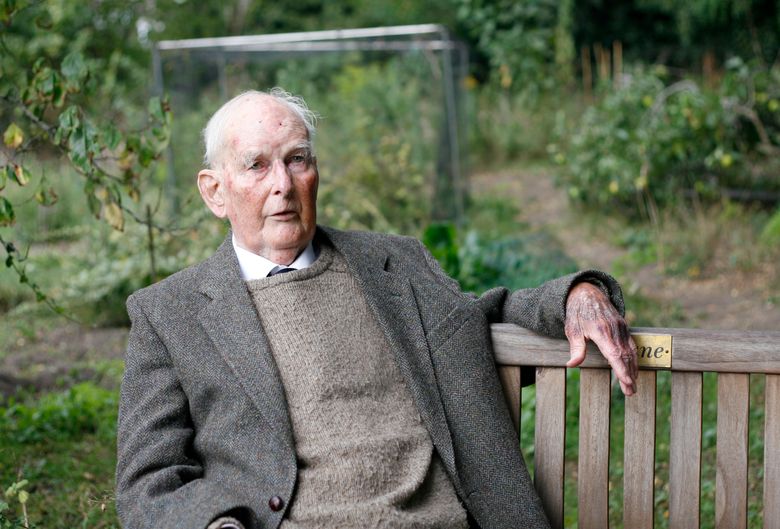
Ex-sailor’s film shows Mayflower II’s colorful 1957 voyage
by TARYN SIEGELLONDON (AP) — The sea voyage that changed Peter Padfield’s life more than six decades ago started with an act of chance. In 1956, Padfield was third officer aboard a British cruise liner in Sri Lanka when he stumbled across a magazine in a ship wardrobe.
A story inside introduced Padfield to a new sailing ship dubbed the Mayflower II, a replica of the square-rigged English merchant vessel that carried a group of dissatisfied Protestants across the Atlantic Ocean in 1620. The reproduction soon would make the same trip the Pilgrims did when they sailed west to start a colony.
Padfield, then a sailor for shipping company P&O in his 20s, already had a obsession with square-riggers, the ships with great, billowing sails popularized in pirate stories. He immediately wrote to the Mayflower II’s captain to plead for a place on board in the spring when the ship embarked toward its planned home at a Plymouth, Massachusetts, museum.
To Padfield’s surprise, the captain, Alan Villiers, wrote back and asked the young sailor to come to Oxford for an interview.
“He said he wasn’t going to have any people with double-barreled (hyphenated) surnames, he wasn’t going to have any sea-lawyers, and he wasn’t going to have any women,” Padfield, now 88, told The Associated Press from his home in Suffolk, eastern England. “I didn’t come into any of those categories, so he adopted me.”
In April the following year, the 25-year-old joined a crew of about 30 that included the editor of Life magazine, an architect, an Irish rigger who spent his shifts dancing and singing at the top of his voice, as well as some seasoned deck hands who actually knew what they were doing.
While he was a self-described “square-rig nut,” Padfield had never stepped foot on one of the big wooden beauties before, so his job essentially entailed following orders and staying out of trouble. But he assigned himself another role: voyage filmmaker.
Armed with a sketch pad and an amateur movie camera, he captured the Mayflower II’s Atlantic crossing in color film. Padfield shared the 1957 footage with The Associated Press.
In one of the early scenes, a group of boisterous young men grab hold of a pale, disheveled-looking man, tie him to a door at the side of the ship, and put a coat over his head. Even though Padfield’s camera didn’t record sound, it’s clear the hazing has them laughing their heads off.
Padfield recalled the incident as he flipped through a photo album and saw a newspaper clipping with the headline, “I Say The Mayflower Has An Even Chance of Getting There.” The journalist who wrote it was the pale man in the film footage.
“The Daily Mail reporter said that we had an ‘even chance’ of getting to America. So we tied him to the fo’c’sle (crew quarters) door post, put a sack over his head and poured dishwater over that,” Padfield said. “He gave us a very good report next day.”
The captain tried to impress upon his crew the significance of being a Mayflower replica. Every Sunday, Villiers ordered his men to dress up in Pilgrim outfits and attend a short church service. After the service, he “would try and tell us why we were doing this,” reading from the journal of Plymouth Colony’s first governor and talking about the challenges the early English settlers encountered.
The Mayflower II did have a deeper significance beyond 17th century history and the camaraderie of her crew. The ship replica was built to honor the friendship between British and American troops as they fought side-by-side during World War II. While Padfield disclaims thinking of anything so lofty at the time, he reflects now on the the important symbolism of the voyage.
“The meaning is that we must stick together, the two Anglo-American countries,” he said. We must stick together as the bastions of democracy and the rule of law.”
Padfield also has come to reflect on why the trip to America was life-changing for him personally. His answer would resonate well with many 25-year-olds today.
“I think the voyage changed my life because the crew was so varied. I met so many different people who did different things,” he said. “I realized after that that I didn’t have to continue in P&O, up the ladder, to wherever I got to. That I could do what I wanted. It sort of turned me from someone who was going on a certain path to someone who thought he could do anything.”